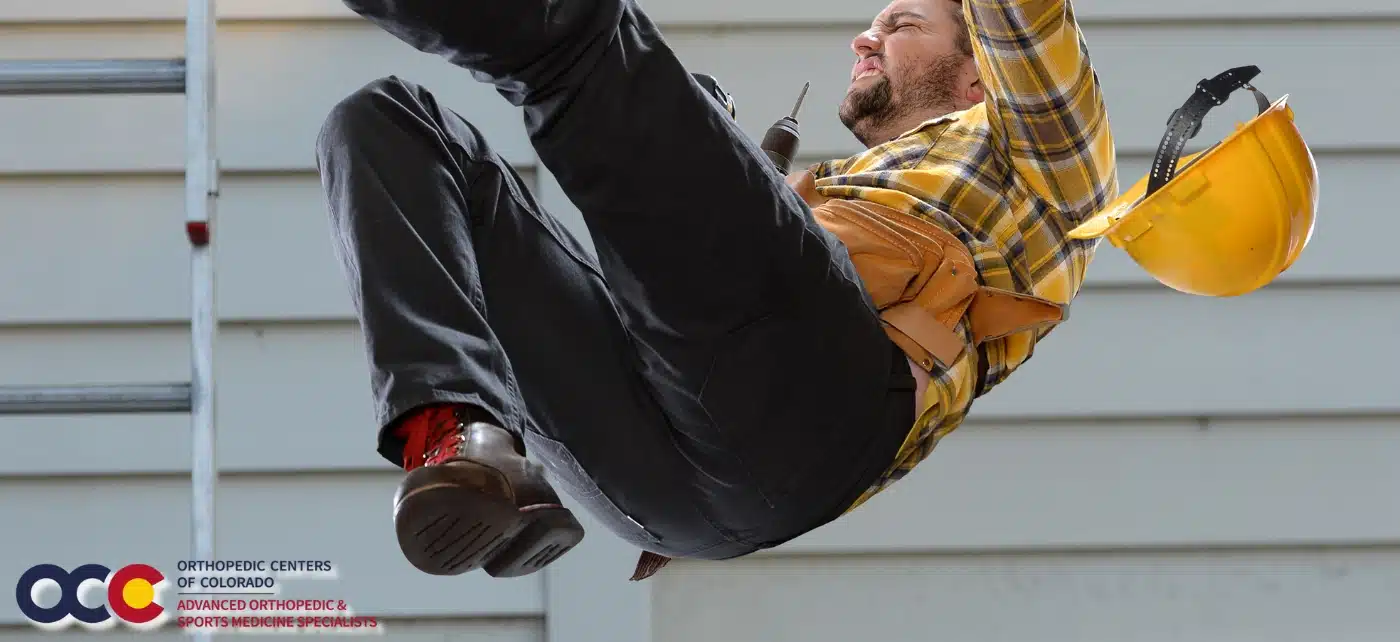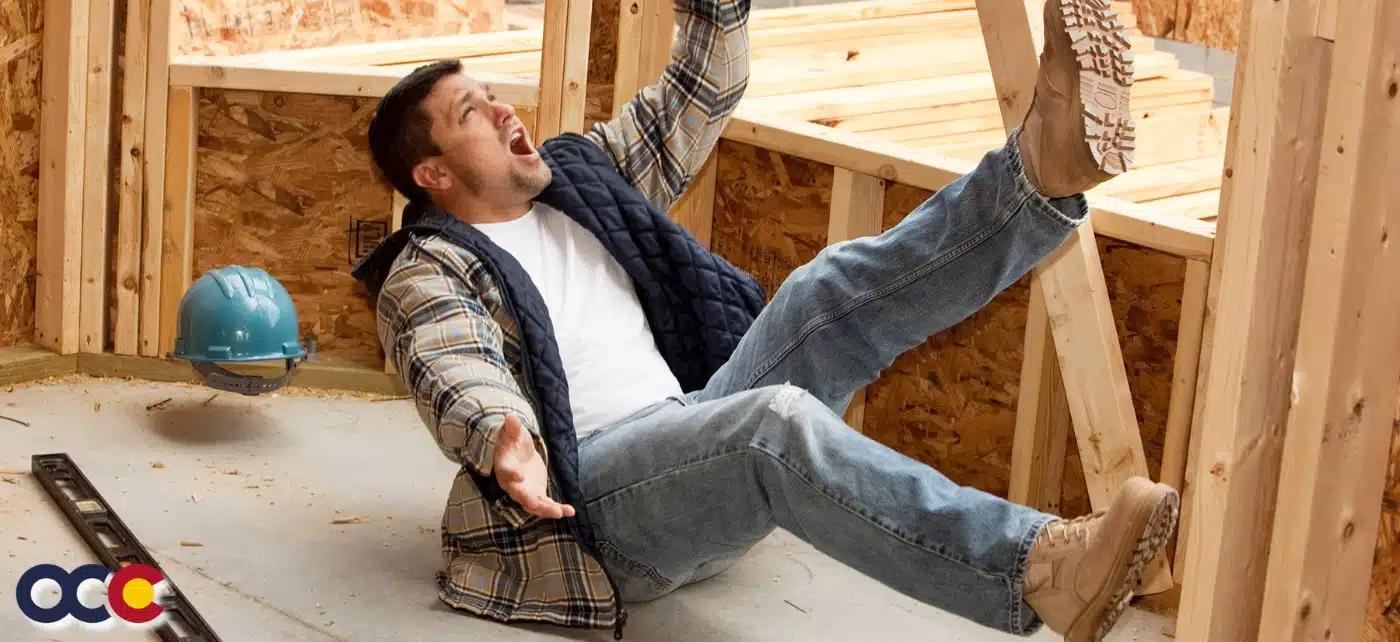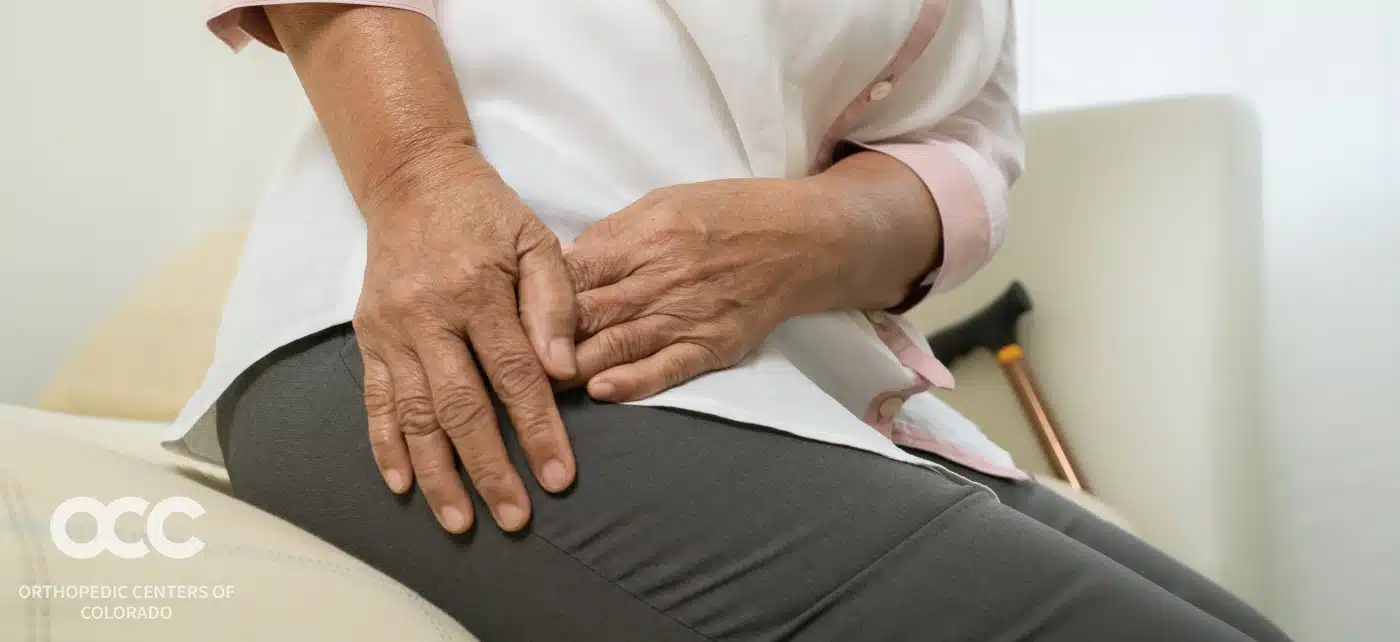Hip dislocation is an injury in which the ball joint of your hip comes out of its socket. A dislocated hip is considered a medical emergency. Both short-term relief and long-term recovery depend on urgent care. A hip dislocation causes acute pain and disables your leg until it’s corrected. It can also cause secondary injuries to the surrounding blood vessels, nerves, ligaments, and tissues. This type of injury can cause long-term damage, especially if it’s not treated right away with quality care. At Advanced Orthopedic & Sports Medicine Specialists in Denver, Parker, or Aurora, Colorado, you’ll find the best orthopedic hip specialists with the skill and experience to treat the complexities of any hip dislocation. The quality medical care you receive at Advanced Orthopedics will help you preserve as much of your hip functionality as possible for as long as possible.
OVERVIEW
The hip is normally one of the most secure joints in the body. Unless one has a prosthetic hip or hip dysplasia, it takes a lot of force to cause a hip dislocation, such as in a motor vehicle accident. Hip dysplasia is a developmental condition in which the hip joint doesn’t fit well into the socket. The incidence of hip dislocation has been reported to range from less than 1% to as high as 22%, depending on the patient population or if the dislocation happens to the native hip or a prosthetic hip.
ABOUT THE HIP
The hip joint is a ball-and-socket joint. It is the junction where the hip joins the leg to the trunk of the body. It is comprised of two bones: the thighbone (femur) and the pelvis. The ball, at the top of the femur is called the femoral head. The socket, called the acetabulum, is a part of the pelvis. The ball rotates in the cup-shaped socket, allowing the leg to move forward, backward, and sideways. Surrounding muscles and ligaments and a thick band of cartilage called the labrum stabilize the joint.
WHAT IS A HIP DISLOCATION?
There are different classifications of hip dislocations depending on location and severity.
- Posterior Hip Dislocation: Up to 90% of all hip dislocations are posterior. In this type of injury, the ball is pushed backward out of the socket.
- Anterior Hip Dislocation: Anterior dislocations are much less common, in this type of injury, the femoral head is pushed forward out of the socket. It is possible with an anterior hip dislocation to have a fracture of the femoral head. These are normally seen in side-impact collisions.
- Hip Subluxation: A hip subluxation is when the ball of the hip joint starts to come out of the socket but does not do so fully. A hip subluxation, also known as a partial hip dislocation, can turn into a fully dislocated hip joint if not allowed to heal correctly.
If not adequately treated, a hip dislocation can lead to complications, including sciatic nerve injury and damage and tears in the ligament or soft tissue that lead to impaired range of motion.
Avascular necrosis is the death of tissue in a section of the bone due to a lack of blood supply that is cut off by the dislocated joint.
Read more about Hip Dislocation on our new Orthopedic News Site – Colorado Orthopedic News. Schedule an appointment with a hip specialist today.













